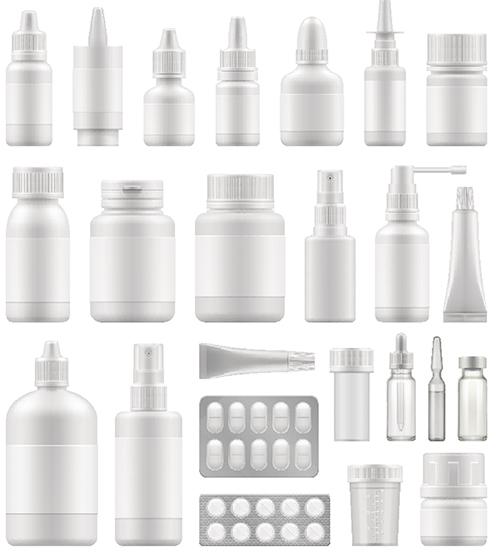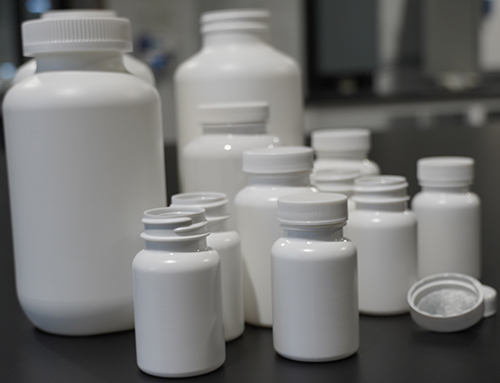Initially made effective May 1st, 2016 (and subsequently delayed), General Chapters <661.1> and <661.2> were introduced to improve upon the robustness of chemical characterization testing for plastic materials and package systems versus the outdated <661> chapter they intend to replace. In addition, the new test chapters provide testing options for a more diverse set of materials, such as Cyclic Olefins, not adequately characterized by old methods.

In short summary, USP <661.1> is intended to evaluate plastic materials of construction from which package components or systems are created, compared to <661.2>, which evaluates the composite package system. To use an analogy, USP <661.1> testing is like testing cake batter. USP <661.2> testing is like testing the Bundt cake, cupcake, or sheet cake created using that specific formulation of batter.
The use of well-characterized materials to construct packaging systems is a primary means of ensuring that the packaging system is suited for its intended use. Materials are characterized so that their properties and characteristics can be matched to the performance requirements of the packaging system, thus facilitating the intentional selection of appropriate materials. For the purposes of the <661.1> chapter, a plastic material of construction is considered to be well characterized for its intended use if the following characteristics have been adequately established:
- identity
- biological reactivity
- general physicochemical properties
- composition (i.e., additives likely to be present)
- extractable elements (where applicable)
Materials of construction can vary widely in terms of their intentionally and unintentionally added elements and their potential use. Because of this, it is challenging to provide universally effective and efficient tests methodologies, lists of target elements and reporting requirements. It is the material user’s responsibility to evaluate the exact need for extractable elements testing and, if such testing is necessary, to establish and justify the means by which testing is accomplished.
Test materials explicitly covered by the chapter include:
- cyclic olefins
- polyamide 6
- polycarbonate
- polyethylene
- polyethylene terephthalate
- polyethylene terephthalate G
- poly(ethylene-vinyl acetate)
- polypropylene
- polyvinyl chloride
- polyvinyl chloride, plasticized
Since the initial effective date, however, the USP has two times reversed course and delayed implementation, with the most recent delay described in a December, 2018 revision to a Notice of Intent to Revise. The current effective date is now December 1st, 2025.
 A key revision to these chapters is the removal of the clause that effectively “grandfathers” currently filed package systems that have been approved by a regulatory body. With the introduction of the implementation period, there shall be an expectation that any package included in a filing will be updated with <661.1> and <661.2> test results by the 2025 implementation date. Early adoption during the implementation period is allowed and encouraged by CS Analytical. Manufacturers that choose to adopt the new chapters early save time and cost associated with retesting existing materials. In addition, however, early adoption mitigates risk by assessing materials to a much higher standard than the outdated <661>, ultimately preventing potentially critical consequences, such as discovery of material failure during retesting that could result in drug product recalls due to unsuitable packaging use.
A key revision to these chapters is the removal of the clause that effectively “grandfathers” currently filed package systems that have been approved by a regulatory body. With the introduction of the implementation period, there shall be an expectation that any package included in a filing will be updated with <661.1> and <661.2> test results by the 2025 implementation date. Early adoption during the implementation period is allowed and encouraged by CS Analytical. Manufacturers that choose to adopt the new chapters early save time and cost associated with retesting existing materials. In addition, however, early adoption mitigates risk by assessing materials to a much higher standard than the outdated <661>, ultimately preventing potentially critical consequences, such as discovery of material failure during retesting that could result in drug product recalls due to unsuitable packaging use.
The CS Analytical Team was one of the first in the contract laboratory market to devise and offer cGMP, FDA-registered services according to the new standards and are ready to leverage years of hands-on experience to devise test plans according to the specific product-package system in question to ensure all regulatory requirements are met.

